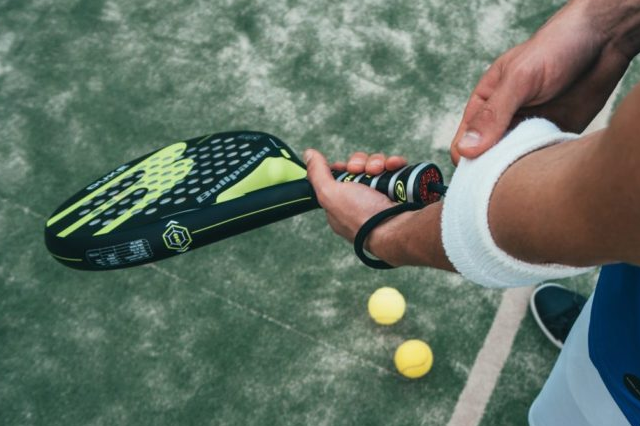Tennis Physical Therapy
Tennis is a sport that requires the entire body to be moving at multiple directions at anytime. It requires significant lower extremity strength, stability and endurance through all core musculature, the lower extremities (legs) as well as the upper body. Often tennis players come to us for tennis elbow (lateral epicondylitis), shoulder impingement (Ie. bursitis, rotator cuff tendonitis, neck, mid-back or low back pain, groin strains, hip pain, knee pain or ankle strains and sprains. We work with our patients to restore basic function and then coordinate the entire body through more effective neuromuscular patterns to allow you to return to the tennis court with a plan for how to succeed and enjoy it even better than before.

If you are not sure what you can do to better prepare for success on the tennis court, but want an easy, cost and time effective way to help ensure you take the right steps towards your future, guided by an expert. Feel free to look into our Telehealth and Virtual Health Consultation (VHC) Services.
“It feels so good to be back on the tennis court again. I’m doing my home program religiously and it works!”
“Thank you for helping me with my tennis stroke and helping my knee pain.”
Relevant Articles for Tennis Players:

My daughter developed a stress fracture due to over-training and lack of proper guidance. She had to sit out her sophomore season and we were afraid her running career would be over. Her self-confidence was way down and we had serious concerns, but thanks to BreakThrough she is “back on track” and continuously improving her times as well as enjoyment for cross country. Thank you!
Sunnyvale • Santa Clara • San Jose • Mountain View • Los Altos • Stanford • Palo Alto • Cupertino • Saratoga •
Los Gatos • Campbell • Cambrian • Almaden • Willow Glen
© 2024 BreakThrough. All Right Reserved. Web Development by PMA Web Services.
Disclaimer: The content of www.breakthroughpt.com and related BreakThrough Physical Therapy sites or links to other sites is not intended as a substitute for care from a physical therapist or other health care professional. If you experience signs or symptoms of injury, disease or illness you should seek the advice of a physical therapist or other health care professional.